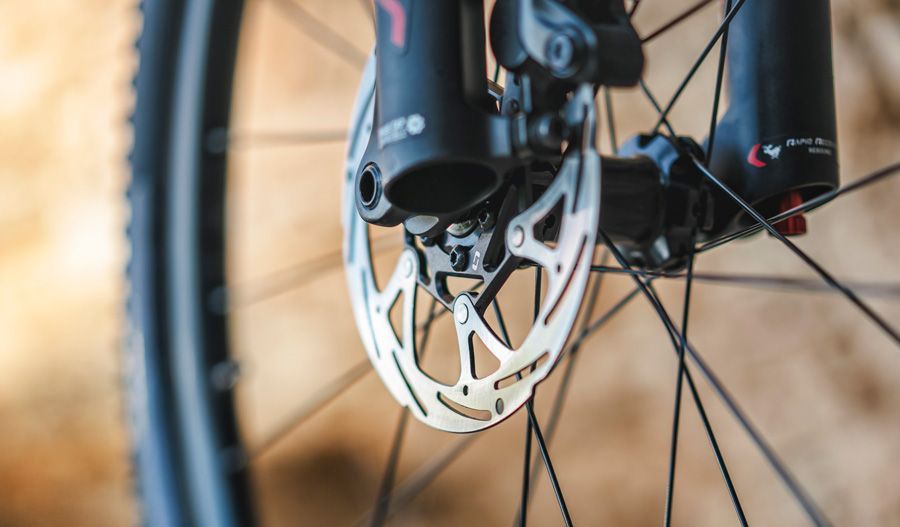Organic vs. Inorganic Bike Brake Pads: Which choose?
Difference between organic and inorganic bike break pads

Organic vs. Inorganic Bike Brake Pads
When it comes to ensuring your safety on two wheels, one critical component that demands your attention is your bike’s brake pads. Two primary types of brake pads dominate the market: organic and inorganic (also known as sintered or metallic). In this post, we’ll delve into the key differences between these two types of brake pads, helping you make an informed decision on which is best suited for your cycling needs.
Organic Brake Pads:
- Material Composition: Organic brake pads are made from a blend of materials such as rubber, Kevlar, and fibers. These materials are bonded together with resin, making them relatively soft.
- Advantages:
- Quieter Performance: Organic pads are known for their quiet braking, which is ideal for urban and casual cyclists who prefer a noise-free ride.
- Better Initial Bite: They provide good initial braking power, making them suitable for riders who require responsive brakes.
- Less Rotor Wear: Organic pads tend to be gentler on your brake rotors, potentially extending their lifespan.
- Limitations:
- Reduced Durability: Organic pads wear out faster than inorganic ones, so they may require more frequent replacement.
- Performance in Wet Conditions: They are not as effective in wet or muddy conditions, which can lead to decreased braking power.
Inorganic Brake Pads (Sintered or Metallic):
Material Composition: Inorganic brake pads are typically composed of metal particles (like copper, iron, or steel) held together with a binding agent. This composition gives them a harder and more durable structure.
Advantages:
- Superior Heat Dissipation: Inorganic pads excel in high-heat situations, making them ideal for downhill and aggressive riders who demand consistent braking performance on long descents.
- Enhanced Wet Weather Performance: They maintain their stopping power even in wet or muddy conditions, which can be crucial for all-weather cyclists.
- Longer Lifespan: Inorganic pads generally last longer than organic pads, reducing the frequency of replacements.
Limitations:
- Noise: Inorganic pads can be noisier, producing a metallic screech during braking, which might be off-putting for some riders.
- Initial Bite: They may have a slightly delayed initial bite compared to organic pads, which could affect responsiveness in certain situations.
Choosing the Right Brake Pads:
Your choice between organic and inorganic brake pads largely depends on your cycling style, terrain, and preferences. Here’s a quick guideline to help you decide:
Choose organic brake pads if you primarily ride in urban environments, value a noise-free ride, and prioritize initial bite over long-term durability.
Opt for inorganic brake pads if you frequently tackle downhill trails, ride in various weather conditions, or prioritize durability and consistent braking power over noise.
In conclusion, both organic and inorganic bike brake pads have their own set of advantages and limitations. Understanding your riding style and preferences will help you make an informed decision, ensuring your safety and enjoyment on every cycling adventure.
Table of Contents
Toggle